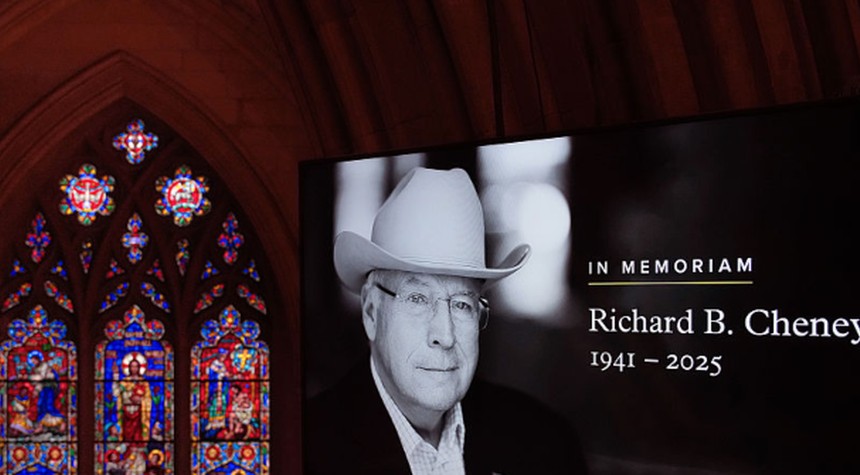The funeral of former Vice President Dick Cheney has become the latest flashpoint exposing the deep fracture running through the heart of the Republican Party, with President Donald Trump and Vice President JD Vance notably absent from the invitation list for Thursday’s memorial service at Washington’s National Cathedral.
Make no mistake about what this represents. When a sitting president fails to receive an invitation to a former vice president’s funeral, it speaks volumes about the state of American politics and the Republican Party’s internal civil war.
Cheney, who passed away on November 3 at age 84 from complications of pneumonia and cardiac and vascular disease, was once the embodiment of Republican power. As Vice President under George W. Bush, he wielded extraordinary influence during some of America’s most consequential years. But the political landscape has shifted dramatically since those days, and Thursday’s guest list told that story better than any political analysis could.
The memorial service welcomed approximately 1,000 guests, including former Presidents George W. Bush and Joe Biden, along with former Vice Presidents Kamala Harris, Mike Pence, Al Gore, and Dan Quayle. Supreme Court Justices, including Chief Justice John Roberts and Justices Brett Kavanaugh and Elena Kagan, attended alongside Cabinet members from both Republican and Democratic administrations. Congressional leaders from both parties filled the pews, with Speaker Emeritus Nancy Pelosi joining Senate Majority Leader John Thune and former leader Mitch McConnell.
The absence of Trump and Vance was conspicuous and deliberate.
Tradition dictates that sitting presidents attend the funerals of former presidents and vice presidents. This is not merely custom but a recognition of continuity in American governance. Yet the Cheney family made a conscious decision to break with that tradition, and the reasons are not difficult to discern.
The relationship between Cheney and Trump Republicans soured considerably after the January 6 Capitol riot. Cheney publicly criticized Trump in a 2022 campaign advertisement supporting his daughter, then-Representative Liz Cheney, who had become one of Trump’s most vocal Republican critics. That advertisement and the family’s subsequent actions represented more than political disagreement. They represented a fundamental rejection of the direction the Republican Party has taken under Trump’s leadership.
During his eulogy, former President Bush described Cheney as a “calm and steady presence” and “among the finest public servants of his generation.” Those words carry additional weight when considered against the backdrop of the current administration’s exclusion.
The War on Terror defined Cheney’s vice presidency and crystallized both his legacy and the left’s opposition to him. But as time passed and a growing segment of the Republican electorate came to view the wars in Iraq and Afghanistan as costly mistakes, Cheney’s standing among conservatives began to decline. He was far too intelligent to be surprised by this shift, though he clearly did not appreciate it.
The animosity proved mutual. Trump has been characteristically blunt in his criticism of the Cheney family. Following his 2024 reelection, Trump criticized Democrats for embracing Liz and Dick Cheney during the campaign, suggesting it was a strategic blunder that angered Republicans.
This funeral represents more than the passing of a political figure. It represents the visible manifestation of a party divided between its establishment past and its populist present. The old guard and the new movement cannot even gather together to honor their dead.
The question facing Republicans now is whether this divide can ever be bridged, or whether the party that Dick Cheney once helped lead has been permanently transformed into something he could no longer recognize or support.
Related: Jay Collins Questions Byron Donalds’ Record as Florida Governor’s Race Heats Up


